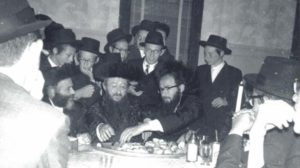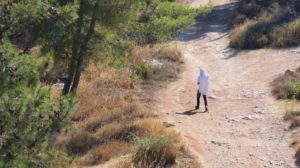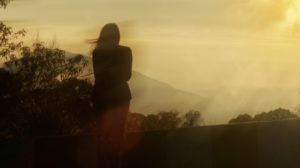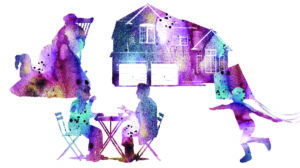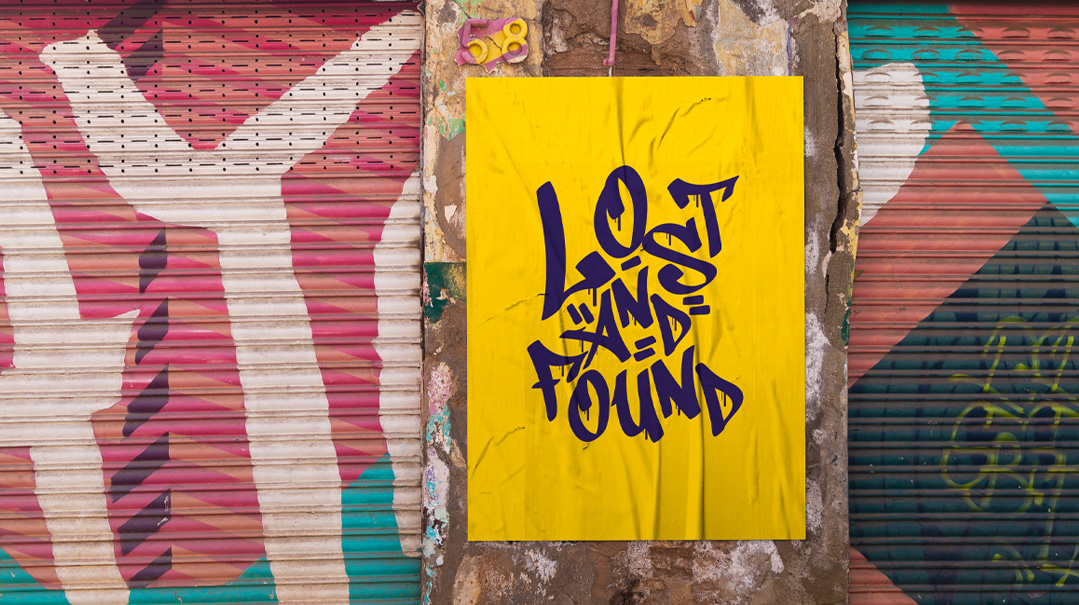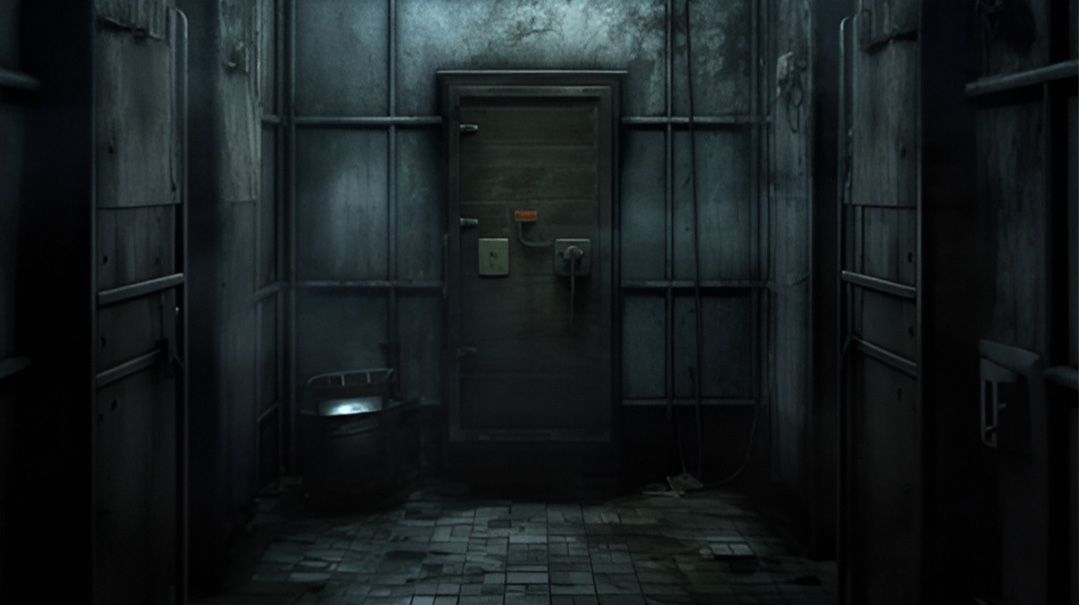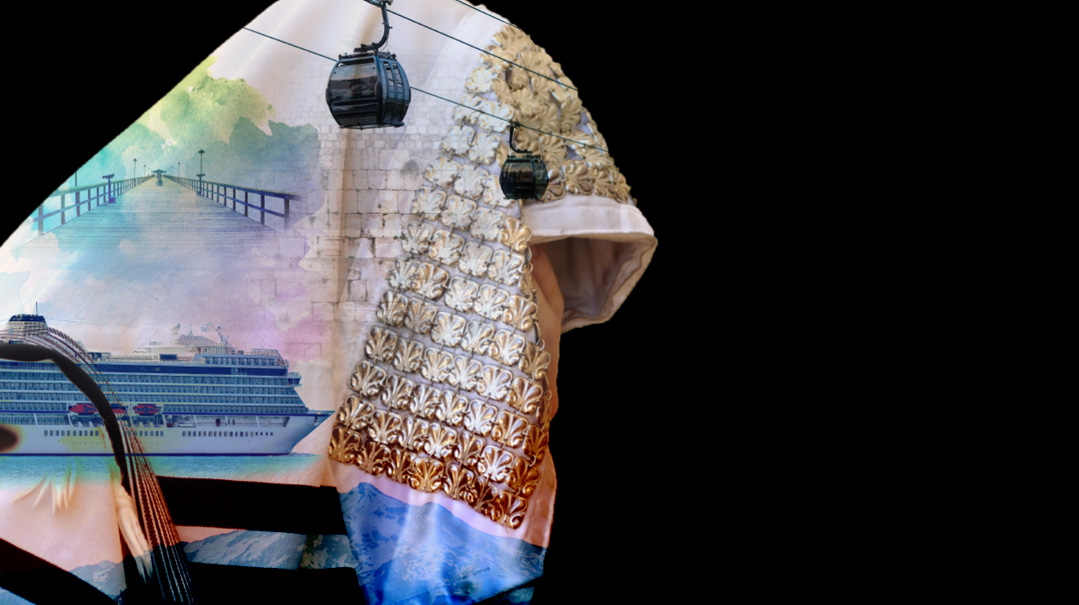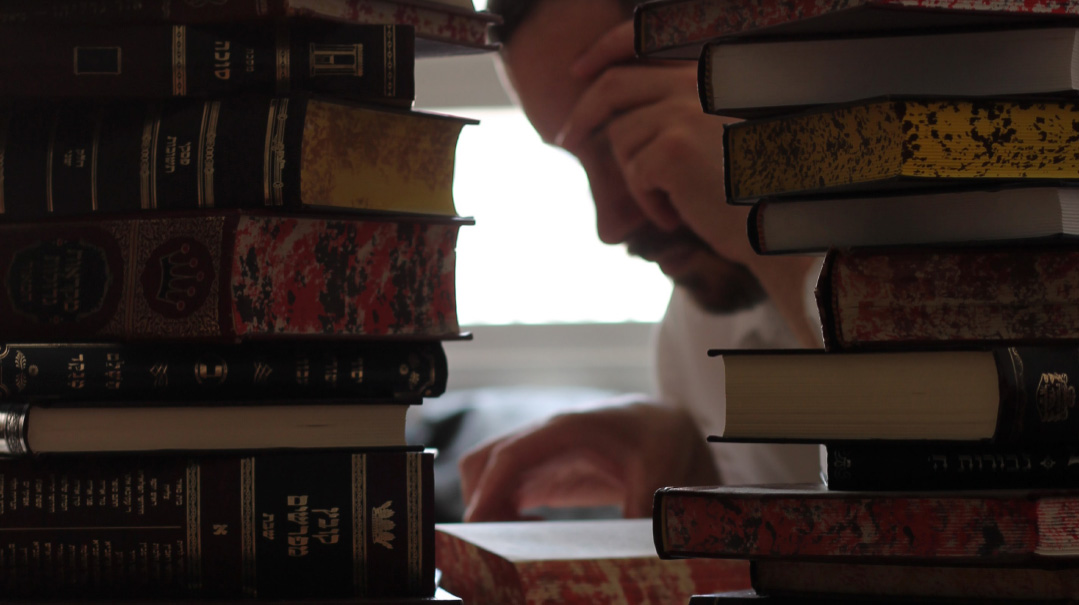Ignited by Their Sacrifice
| May 26, 2020I began to look at the people she was helping: people who were willing to give up their liberty to live as religious Jews
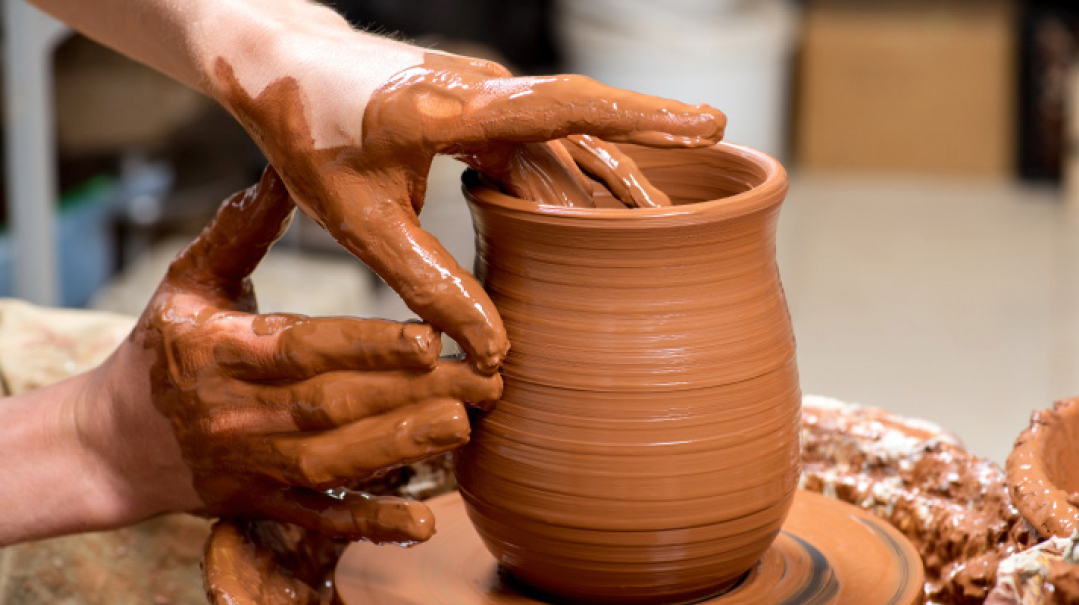
Years ago, you crossed paths. It may have been a brief encounter, it may have been a relationship spanning years. In that meeting place, something changed. Her hands warmed your essence, left an imprint upon your soul.
Seven writers sought out the women who changed them — and told them of the impact they’d had
As told to Riki Goldstein by Anne Slade
Since some of my ancestors arrived in England in the 1700s, the family has become very assimilated over the years. My great-grandfather, I’m told, used to sulk in his English gentlemen’s club on Yom Kippur, because he didn’t want to go to work, but he didn’t have enough religious conviction to go anywhere else.
Both of my grandfathers fought in the British Army in World War I. They were both extremely “lucky,” because they fought from the first day of the war until the last, through four brutal years, while nine million soldiers lost their lives.
My Grandfather Lazarus, who owned a prosperous business in London, looked very Jewish — typical dark hair and Jewish nose. Even though he didn’t hide his Judaism, he fit very well into British society.
In the 1930s, when he heard rumors of the Nazi persecutions taking place in Europe, Grandfather sponsored a couple of Jews from Germany, enabling them to make their way to England. He helped some cousins immigrate to Australia, too.
During the German Blitz of London, the Lazarus family were evacuated and spent the war years on the South Coast of England. When my grandfather returned to London and the refugees began to stream in, describing horrific stories of what the Nazis had done to them, he was beside himself. It seems hard to believe, but he was among those British Jews who didn’t know about the Holocaust while it was happening — and it hurt him very deeply.
“If you ever hear that Jews are being persecuted, do something about it,” he told my mother. “Don’t wait for the government to stand up for them, don’t wait for the officials. Just step in and do something.”
My grandfather passed away just before I was born. My parents belonged to a liberal synagogue in London, and while they did instill in us the knowledge that we must marry only Jews, there was very little Judaism in our lives. But when news of the Soviet Jews’ struggle reached the Western world, my mother, Margaret Regal, remembered what her father had said.
She joined a group of women called “The 35’s,” who campaigned tirelessly for freedom for Soviet Jews. My mother went to Russia three times to help the refuseniks. She also demonstrated and protested in London, and she got herself arrested for chaining herself to the railings outside Aeroflot headquarters. (The policeman who cut her free claimed he was using the same cutters that had been used to cut the suffragettes free from their demonstrations in the early 1900s.)
I was a teenager while all this was happening. I watched my mother, and then I began to look at the people she was helping: people who were willing to give up their liberty to live as religious Jews. They had lost their right to study for their degrees and work in their fields because they insisted on keeping Shabbos and kashrus and learning Hebrew — all vague concepts to me.
Their purposefulness inspired me, and I know I wasn’t the only one of my generation to first think about Yiddishkeit seriously because of the Russians. The leaders of the Jewish Renaissance in Russia dragged us along in their wake.
The first time I travelled to the USSR was around 1980, when I was 17. By then, I was keeping as many mitzvos as I understood. We stayed in Kishinev, where we met with refuseniks living there. As tourists, we had to stay in our hotel; the KGB didn’t let tourists spend the night elsewhere. But on Friday night I broke the rule and stayed over at the home of a very special Jewish couple, the Kogans.
The Kogans, a young couple with a little daughter, had been thrown out of their university courses because they wanted to keep Yiddishkeit and teach Hebrew. They fearlessly led the clandestine Ivrit classes in Kishinev and helped Yidden learn about their tradition and history. The Shabbos was very basic — their home was a room in a dormitory-like building with shared cooking facilities — but it was beautiful. They were so real, and the time I spent with them made me take Judaism more seriously.
Aryeh Volvovsky was the leader of the Jewish Learning Renaissance taking place in that area. One time the group rented a vacation home in the countryside so they could learn Hebrew away from the KGB’s prying eyes. I remember hearing that the Kogans’ little daughter had never seen other frum people before. When she saw Aryeh Volvovsky, who was wearing a black suit and hat, she was sure it was her father and ran over to hug him. Although everyone there was on a beginner level, the credo was, “What you learn today you teach tomorrow.”
I got married in 1989, at Ramat Tamir in Yerushalayim. We invited all our Russian “adopted family,” the Kogans among them. We eventually moved back to England and settled in Manchester.
Over the years, I’ve written letters to some of my Russian friends, but I lost touch with the Kogans. I wondered occasionally how they had integrated into life in Eretz Yisrael. Alexander had been a Torah teacher to Russian baalei teshuvah in Eretz Yisrael. Had he kept that up? Was he successful in inspiring others, as he had been back in Kishinev? I also wanted to thank them for inspiring me on that Shabbos long ago. People like the Kogans never get mentioned in the articles on the baal teshuvah movement in Russia, probably because they weren’t among the main leaders. But their dedication had an outsize impact on Jews in their region, as well as on foreign travellers.
When Mishpacha offered to track down the Kogans, I was excited, even though I knew they weren’t likely to remember me. Riki got their number from a Russian contact of hers in Yerushalayim, and I called. I spoke to Mrs. Kogan, in Hebrew. She didn’t remember me. She explained that many young girls had passed through their home in Kishinev. We arranged that I would send pictures of the younger me, as I had looked on that trip, to her daughter’s e-mail.
Mrs. Kogan filled me in on the past three decades. Her husband is still learning and teaching, although his red beard has turned white. They have a large family now, and they live in Ramat Shlomo, where Mrs. Kogan says she’s grateful to see a beautiful view of Yerushalayim from her porch every day. She invited me to visit.
I hung up delighted in the knowledge that this idealistic couple had achieved the dream that they sacrificed for: living the full life of ovdei Hashem in Eretz Yisrael.
On the Other Side
Mrs. Kogan’s take:
Names get lost so easily; I don’t remember names from over 30 years ago. Many people came to us then. There were Hebrew lessons and study groups in our home, many young people searching for knowledge and truth. In the summer we used to go away for a few days for more learning groups.
When Anne visited us in Kishinev, we lived in a building with 18 non-Jewish neighbors. Today we’re in Yerushalayim. We made aliyah in 1989.
Nissim v’nifla’ot — it’s a miracle.
Many of the young women who came weren’t shomrei mitzvos, so it makes me happy to hear that Anne is married to a man who learns and teaches Torah. I’ve given her my address, and I would love for her to come and visit us here and feast her eyes on our view.
Let’s hope we’ll meet soon and be together in Yerushalayim.
(Originally featured in Family First, Issue 694)
Oops! We could not locate your form.

